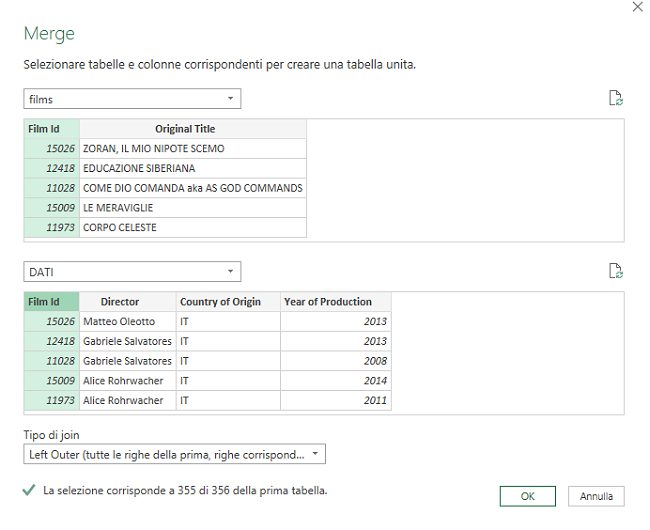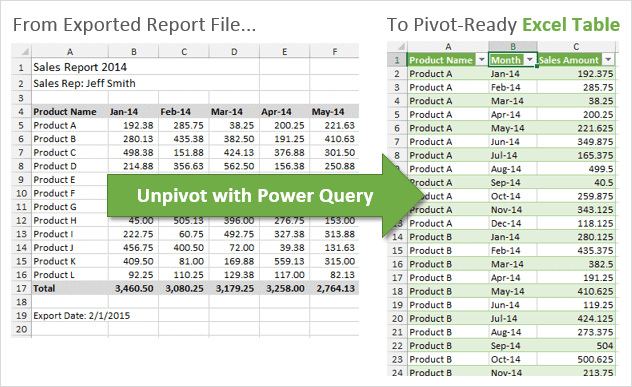
In our example, we want to visualize the expenses of different projects. Here’s a tip: Ask yourself what the purpose of the dashboard is. The number of team members that worked on each project.Here, we’ve collected raw data of four projects: A, B, C, and D. This makes it easy to compare the data in your Excel file. Name the first worksheet as ‘ Raw Data,’ the second as ‘ Chart Data,’ and the third as ‘ Dashboard.’ Open a new Excel workbook and add two or more worksheets (or tabs) to it.įor example, let’s say we create three tabs. Now that your data is in Excel, it’s time to insert tabs to set up your workbook. The most suitable way will ultimately depend on your data file type, and you may have to research the best ways to import data into Excel. Use Microsoft Power Query, an Excel add-in.
 Use an API like Supermetrics or Open Database Connectivity (ODBC). However, there are multiple ways to do it. If that isn’t the case, we’ve got to warn you that importing data to Excel can be a bit bothersome. If your data already exists in Excel, do a victory dance 💃 because you’re lucky you can skip this step. So the first thing to do is to bring data into Microsoft Excel. Step 1: Import the necessary data into Excel Here’s a simple step-by-step guide on how to create a dashboard in Excel. Helps you make better decisions for your business. Provides powerful analytical capabilities and complex calculations. Adds a sense of accountability as different people and departments can see the areas of improvement. Gives you a detailed overview of your business’ Key Performance Indicators at a glance. Similar to Google Sheets dashboards, let’s a look at some of them: So what are the benefits of creating an Excel dashboard ? On the other hand, dynamic dashboards are updated daily to keep up with changes. Static dashboards simply highlight data from a specific timeframe. Luckily, you can create both a static or dynamic dashboard in Excel.
Use an API like Supermetrics or Open Database Connectivity (ODBC). However, there are multiple ways to do it. If that isn’t the case, we’ve got to warn you that importing data to Excel can be a bit bothersome. If your data already exists in Excel, do a victory dance 💃 because you’re lucky you can skip this step. So the first thing to do is to bring data into Microsoft Excel. Step 1: Import the necessary data into Excel Here’s a simple step-by-step guide on how to create a dashboard in Excel. Helps you make better decisions for your business. Provides powerful analytical capabilities and complex calculations. Adds a sense of accountability as different people and departments can see the areas of improvement. Gives you a detailed overview of your business’ Key Performance Indicators at a glance. Similar to Google Sheets dashboards, let’s a look at some of them: So what are the benefits of creating an Excel dashboard ? On the other hand, dynamic dashboards are updated daily to keep up with changes. Static dashboards simply highlight data from a specific timeframe. Luckily, you can create both a static or dynamic dashboard in Excel. 

What you need is a Microsoft Excel dashboard. That’s why you need to make that data accessible. Let’s be real, raw data and numbers are essential, but they’re super boring.
Help you Team Excel With ClickUp DashboardsĪ dashboard is a visual representation of KPIs, key business metrics, and other complex data in a way that’s easy to understand. Case Study: How ClickUp Dashboards Help Teams. Create Effortless Dashboards With ClickUp. 3 Limitations of Using Excel Dashboards.







 0 kommentar(er)
0 kommentar(er)
